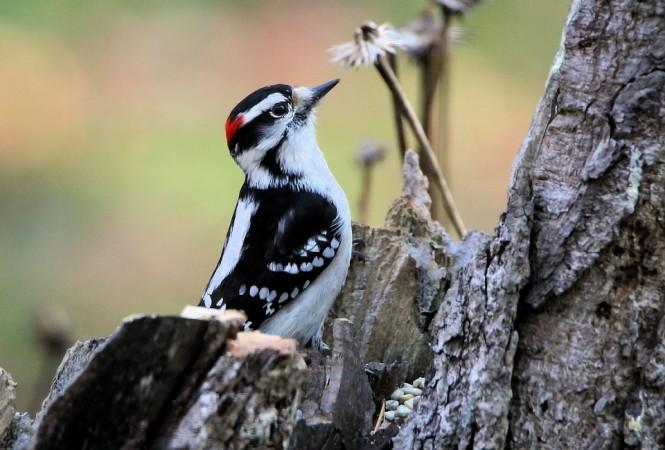
Woodpeckers — pecking woods is all they are known for, but that has also created the idea that their brains do not suffer any damage from it.
However, a recent study reveals something completely opposite. Interestingly, the results might help us in understanding Chronic Traumatic Encephalopathy, or CTE that NFL players commonly suffer from.
A US research shows that it causes a type of harmful protein accumulation inside brains of downy woodpeckers which is a type of 'tau' -- the same kind of protein that's found inside the brains of people with neurodegenerative diseases like Alzheimer's or Parkinson's.
It is also found in the brains of some athletes who played high-impact sports such as rugby or hockey.
Scientists at Boston University examined the brains of 10 downy woodpeckers and compared them to the brains of five birds that don't engage in any comparable high-impact pecking behaviour.
When researchers examined them under the microscope, none of the control birds showed tau "stains" that indicate brain damage. But, when the other 10 were examined, eight of them had tau accumulations, including a juvenile, suggesting that the forceful decelerations of their skull against a tree are causing damage to their brains or at least creating a potentially harmful protein.
The 'tau clumps' have now raised the question as to whether it's protective in nature or it's neutral.
If the answer to the question is found it could help in preventing or treating Chronic Traumatic Encephalopathy, or CTE, which develops after multiple head injuries, leading to behavioural changes and also long-term dementia.
According to researchers, in a recent study, CTE lesions were found in the brains of 110 out of 111 deceased former NFL players. They can also occur in other high-impact sports.
"I wonder if what we're seeing in the woodpeckers may be a protective mechanism for the neurons," study author Dr. Peter Cummings said.
"You have skull modifications, tongue modifications — why would that stop at the brain? Why would the brain not participate in that process of evolutionary adaptation, and molecularly do that by the expression of a protective protein that may help stabilize neurons during that pecking procedure?" Dr. Cummings added.
Researchers believe that the next step is to find out what kind of tau proteins are involved in this protective mechanism and what other proteins are linked to them.









